

Articles
How To Store Poster Board
Modified: October 20, 2024
Looking for the best way to store poster board? Our articles provide helpful tips and tricks to keep your poster board organized and protected.
(Many of the links in this article redirect to a specific reviewed product. Your purchase of these products through affiliate links helps to generate commission for Storables.com, at no extra cost. Learn more)
Introduction
Poster boards are commonly used for various purposes such as presentations, displays, artwork, and educational projects. Whether you’re a student, a teacher, or an artist, properly storing your poster boards is essential to keep them in good condition for future use. In this article, we will explore different methods of storing poster boards to ensure their longevity and protect them from wear and tear.
When it comes to storing poster boards, there are a few key factors to consider. The storage space, preparation, and choice of storage method all play a crucial role in preserving the quality and integrity of your poster boards. By following the right techniques, you can prevent damage such as creases, tears, and discoloration, allowing you to enjoy your poster boards for years to come.
First and foremost, let’s discuss the process of choosing the right storage space for your poster boards. It’s important to select an area that is clean, dry, and free from excessive heat, humidity, and direct sunlight. These environmental factors can cause the paper to warp, fade, or become brittle over time. Ideally, you should store your poster boards in a space that maintains a consistent temperature and humidity level, such as a closet or a dedicated storage room.
Next, it’s crucial to prepare your poster boards before storing them. Remove any excess debris, such as tape, staples, or adhesive residue. These can not only cause damage to the poster board itself but also to other items stored alongside it. Gently wipe the surface of the poster board with a clean, dry cloth to remove any dust or dirt particles.
Now, let’s explore the various methods of storing poster boards:
Key Takeaways:
- Proper storage is crucial for preserving poster boards. Consider factors like storage space, preparation, and method to ensure longevity and protection from environmental damage.
- Choose the right storage space, prepare poster boards before storage, and select appropriate storage methods to preserve their quality and integrity for future use.
Read more: How To Store Posters Flat
Choosing the Right Storage Space
When it comes to storing your poster boards, selecting the right storage space is crucial for their preservation. Here are some factors to consider:
Clean and Dry Environment: Ensure that the storage area is clean and free from any moisture. Moisture can lead to mold, mildew, and damage to your poster boards. Keep the space dry by avoiding areas prone to leaks or high humidity levels.
Avoid Direct Sunlight: Exposure to direct sunlight can cause the colors on your poster boards to fade over time. Choose a storage space away from windows or any other sources of direct sunlight.
Temperature Control: Extreme temperatures can also impact the quality of your poster boards. Avoid storing them in spaces that are too cold or too hot. Opt for a temperature-controlled environment to ensure their longevity.
Protection from Dust and Debris: Protect your poster boards from dust, dirt, and debris by storing them in closed containers or covering them with plastic sleeves. This will prevent any unwanted particles from settling on the surface and causing damage.
Proper Ventilation: While it’s important to keep your poster boards away from excessive moisture, ensure that the storage space has adequate ventilation to prevent the buildup of stale air. Good airflow will help maintain the condition of your poster boards.
Consider Storage Containers: Consider using storage containers specifically designed to protect and store poster boards. These containers are typically acid-free, moisture-resistant, and provide proper support to prevent bending or creasing of the boards.
Elevate Storage: If possible, avoid storing your poster boards directly on the floor. Elevating them on shelves or racks will help protect them from accidental spills, flooding, or pests that may be present on the ground.
By carefully selecting the right storage space, you can significantly extend the lifespan of your poster boards and preserve their visual appeal for future use.
Preparing the Poster Board for Storage
Before you store your poster boards, it’s important to properly prepare them to ensure their condition remains intact. Here are some steps to follow:
Remove Adhesive: Begin by removing any adhesive materials like tape, glue, or sticky notes from the surface of the poster board. These can leave residue or damage the paper if left in place for an extended period. Gently peel off the adhesive or use an adhesive remover if needed.
Clean the Surface: Use a soft, dry cloth to gently wipe the surface of the poster board to remove any dust, dirt, or smudges. Avoid using any liquids or cleaning solutions, as they may damage the paper or cause discoloration. If there are stubborn stains, lightly dab the area with a slightly damp cloth, being careful not to saturate the paper.
Mend Any Tears: If you notice any tears or small damages on the poster board, it’s best to address them before storing. Use a clear tape or adhesive specifically designed for paper to mend the tears. Be careful not to apply too much pressure or adhesive to avoid causing further damage.
Protect the Corners: The corners of poster boards are prone to bending and damage. Use triangular corner protectors to reinforce and protect these vulnerable areas. These protectors can be found at art supply stores and are easy to apply to the corners of the poster board.
Consider Laminating: If you want to provide extra protection for your poster boards, consider laminating them. Laminating not only adds a layer of plastic coating but also makes the poster board more durable and resistant to wear and tear. However, laminating is irreversible, so make sure it’s the right choice for your specific needs before proceeding.
Label and Document: Before storing your poster boards, be sure to label them for easy identification in the future. Use acid-free paper or labels and include important details such as the title, date, and any relevant notes. Additionally, consider taking photographs or documenting the contents of each poster board for reference purposes.
By following these steps to prepare your poster boards for storage, you can ensure that they remain in optimal condition and are ready for use whenever you need them next.
Different Methods of Storing Poster Board
When it comes to storing your poster boards, there are various methods you can choose from based on your specific needs and available space. Here are some different storage options to consider:
Storing Poster Board in Tubes: One popular method is to roll your poster boards and store them in sturdy tubes. This method is particularly useful for larger-sized poster boards. Start by gently rolling the poster board, starting from one end and ensuring that the image is facing inward. Secure the roll with rubber bands or Velcro straps to keep it in place. Store the rolled poster boards vertically in a tube holder or a designated space to prevent them from unraveling or getting damaged.
Storing Poster Board in Portfolio Cases: Portfolio cases provide a convenient and organized way to store and transport poster boards. These cases typically have multiple compartments or sleeves where you can slide in your poster boards. Choose a portfolio case that is specifically designed for poster boards and offers protection against light, moisture, and dust. Some portfolio cases even have handles or shoulder straps for easy carrying.
Storing Poster Board in Folders or Envelopes: If you have smaller-sized poster boards or limited storage space, storing them in folders or envelopes can be a practical solution. Choose acid-free folders or envelopes that are large enough to hold your poster boards without bending or folding them. Label the folders or envelopes for easy identification and store them in a filing cabinet or storage box to prevent damage.
Storing Poster Board on Hooks or Hangers: Another option for storing your poster boards is to hang them on hooks or hangers. This works well for lightweight poster boards or those with reinforced holes for hanging. Use sturdy hooks or hangers that can support the weight of the poster boards. Hang them in a dedicated storage area away from direct sunlight, ensuring that they are not cramped together to prevent any damage or creasing.
When choosing a storage method, consider the size, weight, and accessibility of your poster boards. It’s important to select a method that provides adequate protection and allows for easy retrieval when needed.
Now that we’ve explored different storage methods, let’s delve into specific techniques for storing poster boards in tubes.
Storing Poster Board in Tubes
If you have larger-sized poster boards or want to ensure maximum protection, storing them in tubes is an ideal option. Here’s how to store your poster boards in tubes:
Choose the Right Tube: Opt for sturdy, acid-free tubes that are specifically designed for storing artwork or documents. These tubes are typically made of plastic or heavy-duty cardboard and come in various sizes to accommodate different poster board dimensions. Make sure the tube is long enough to hold the entire length of your rolled poster board.
Prepare the Poster Board: Start by gently rolling the poster board, ensuring that the image is facing inward to protect it from potential damage. Begin rolling from one end, applying even pressure to avoid creasing or wrinkling the poster board. If your poster board is too large to roll in one continuous motion, roll it in sections, making sure to align them properly.
Secure the Roll: Once the poster board is rolled, secure it in place to prevent it from unraveling. You can use rubber bands, Velcro straps, or even strong tape to hold the roll in position. Avoid using any materials or adhesives that could cause damage to the paper or leave residue.
Insert into the Tube: Carefully slide the rolled poster board into the tube, ensuring that it fits comfortably and does not bend or fold. If there is extra space in the tube, consider using acid-free tissue paper or bubble wrap to fill the gaps and provide additional cushioning to protect the poster board from any potential impact.
Label the Tube: It’s important to label the tube for easy identification. Use a permanent marker to write relevant details such as the title, date, or description on the outside of the tube. This will help you locate the specific poster board you need without having to unroll multiple tubes.
Store Vertically: Once your poster boards are rolled and safely inserted into the tubes, store them vertically in a designated space. You can use a tube holder or a tall storage bin to keep them organized and accessible. Make sure the storage area is dry, cool, and away from direct sunlight to maintain the quality of the poster boards over time.
Storing your poster boards in tubes not only protects them from potential damage but also helps save space and makes it easier to transport or retrieve them when needed.
Now that we’ve covered storing poster boards in tubes, let’s explore another storage option: storing poster boards in portfolio cases.
Store poster board flat in a dry, cool place to prevent warping or damage. Use a large, flat container or a dedicated storage area to keep them organized and protected.
Read more: How To Store Posters Rolled Up
Storing Poster Board in Portfolio Cases
Portfolio cases are a practical and organized solution for storing and transporting poster boards. Here’s how you can effectively store your poster boards in portfolio cases:
Choose the Right Portfolio Case: Opt for a portfolio case that is specifically designed for storing large-sized documents or artwork. Look for a case that offers proper protection against light, moisture, and dust. Consider the material of the case – a durable and water-resistant material like nylon or heavy-duty fabric is ideal for long-term storage.
Prepare the Poster Boards: Before placing the poster boards in the portfolio case, ensure they are clean, dry, and free from any debris or adhesive. Remove any accessories or attachments such as clips or fasteners that could cause damage or add unnecessary bulk.
Arrange the Poster Boards: Slide the poster boards into the dedicated compartments or sleeves inside the portfolio case. Align the edges of the boards to ensure a neat and organized appearance. If the portfolio case has adjustable straps or fasteners, secure them to prevent any movement or shifting of the poster boards during transportation or storage.
Consider Protective Sleeves: If your poster boards are particularly delicate or prone to damage, consider using individual protective sleeves. These can be transparent plastic sleeves that fit over each individual poster board, providing an additional layer of protection against scratches, dust, and moisture.
Label and Organize: Label each compartment or sleeve with relevant information such as the title, date, or any other identification details. This will make it easier to locate specific poster boards without having to search through the entire case. Consider keeping an inventory list or index to track the contents of each compartment or sleeve.
Store in a Safe Space: Store the portfolio case in a clean, dry, and cool area to maintain the quality of the poster boards. Avoid exposing the case to direct sunlight or extreme temperature fluctuations, as this can potentially damage the artwork. If possible, store the portfolio case upright to prevent any unnecessary pressure or bending of the poster boards.
Storing your poster boards in portfolio cases not only provides protection but also allows for easy transportation and organization. It’s a great option for those who frequently need to access and showcase their poster boards.
Now that we’ve discussed storing poster boards in portfolio cases, let’s explore another method – storing poster boards in folders or envelopes.
Storing Poster Board in Folders or Envelopes
If you have smaller-sized poster boards or limited storage space, storing them in folders or envelopes can be a practical and space-saving solution. Here’s how you can effectively store your poster boards using this method:
Choose Acid-Free Folders or Envelopes: Opt for acid-free folders or envelopes made specifically for storing artwork or documents. Acid-free materials help prevent deterioration and yellowing of the poster boards over time. Make sure the folders or envelopes are larger than the dimensions of your poster boards to avoid bending or folding.
Prep the Poster Boards: Ensure that your poster boards are clean and dry before placing them in the folders or envelopes. Remove any accessories or attachments that could cause damage or create bulk. If the poster boards are delicate or prone to damage, consider placing each board inside a protective sleeve before inserting them into the folders or envelopes.
Slide the Poster Boards In: Gently slide the poster boards into the folders or envelopes, one at a time, making sure they fit snugly without any excessive bending or folding. If you have multiple poster boards, consider sorting them by size, date, or topic to make it easier to locate specific ones in the future.
Label Each Folder or Envelope: Use a permanent marker or label stickers to identify the contents of each folder or envelope. Include relevant information such as the title, date, or any other pertinent details. This will help you easily locate specific poster boards without having to open each folder or envelope.
Organize in a File Cabinet or Storage Box: Store the folders or envelopes containing the poster boards in a file cabinet or storage box. This will help keep them organized and protected from dust, light, and potential damage. Ideally, choose a storage option that provides a balance between accessibility and protection against the elements.
Keep in a Dry Environment: It’s crucial to store your poster boards in a dry environment to prevent moisture-related damage, such as warping, mold, or mildew. Avoid areas prone to high humidity, such as basements or areas near water sources. Consider using a dehumidifier or moisture-absorbing packets in the storage space to maintain optimal conditions.
Storing your poster boards in folders or envelopes is a practical and efficient method, especially if you have limited space or need to keep your collection well-organized. It offers protection against dust, light, and potential damage, allowing you to store your poster boards while saving space.
Now that we’ve covered storing poster boards in folders or envelopes, let’s explore another storage option – storing poster boards on hooks or hangers.
Storing Poster Board on Hooks or Hangers
Storing poster boards on hooks or hangers provides a unique and space-saving method that allows for easy accessibility. Follow these steps to effectively store your poster boards using this method:
Choose Sturdy Hooks or Hangers: Select hooks or hangers that are strong enough to support the weight of the poster boards. Opt for durable materials such as metal or sturdy plastic. It’s important that the hooks or hangers securely hold the poster boards without causing any damage or bending.
Prepare the Poster Boards: Before hanging, ensure your poster boards are clean, dry, and free from any debris. Remove any accessories or attachments that could interfere with the hanging process or potentially damage the boards. Make sure the poster boards are flat and not curled or folded.
Add Reinforcement: If your poster boards do not have pre-existing holes or slots for hanging, consider adding reinforcement. Reinforce the top corners of the poster boards with reinforcement strips, reinforcing tape, or small reinforcement rings. This will provide stability and prevent potential tearing or damage when hanging the boards.
Hang the Poster Boards: Securely hang the poster boards on the hooks or hangers by inserting the reinforced corners or holes onto the hooks. Ensure that the boards are evenly spaced and not overcrowded to prevent any unnecessary pressure or bending.
Organize by Category: To make it easier to locate specific poster boards, consider organizing them by category. For example, you can group them by subject, date, or any other relevant criteria. This will allow for efficient retrieval without having to go through each individual board.
Protect from Sunlight and Moisture: When selecting the location to hang your poster boards, ensure it is away from direct sunlight and excessive moisture. Exposure to sunlight can cause fading and deterioration over time. Also, avoid areas with high humidity levels or potential water sources to prevent any damage to the boards.
Storing your poster boards on hooks or hangers not only saves space but also adds a visually appealing display element to your storage area. It allows for easy access and can be a great way to showcase your collection or rotate artwork.
Now that we’ve explored different methods of storing poster boards, let’s move on to some additional tips to ensure proper storage and maintenance.
Additional Tips for Proper Poster Board Storage
Proper storage is essential for maintaining the quality and longevity of your poster boards. Here are some additional tips to ensure their proper storage and preservation:
Avoid Folded Storage: Whenever possible, avoid folding your poster boards for storage. Folding can lead to creases and permanent damage to the paper. It’s best to opt for storage methods that allow your poster boards to remain flat or rolled.
Use Acid-Free Materials: Choose acid-free storage materials such as folders, envelopes, tubes, or portfolio cases. Acid-free materials help prevent yellowing, discoloration, and deterioration of the paper over time.
Protect from UV Rays: Reduce exposure to ultraviolet (UV) rays by storing your poster boards in areas away from direct sunlight or using UV-resistant sleeves or covers. UV rays can cause the colors to fade and the paper to deteriorate over time.
Keep Away from Extreme Temperatures: Avoid storing your poster boards in areas with extreme temperatures, such as attics, basements, or un-insulated garages. Extreme heat or cold can negatively impact the quality and integrity of the paper and artwork.
Regularly Inspect for Damage: Periodically check your stored poster boards for any signs of damage, such as mold, mildew, insect infestation, or discoloration. Early detection can help prevent further deterioration and allow for timely intervention.
Handle with Clean Hands: When handling your poster boards, always ensure your hands are clean and dry to prevent transferring oils, dirt, or moisture onto the surface. Consider using cotton gloves for added protection when handling delicate or valuable poster boards.
Store Upright or Flat: Whenever possible, store your poster boards upright or flat to minimize the risk of bending, warping, or weakening of the paper. If storing vertically, ensure the boards are adequately supported to prevent any unnecessary pressure or stress on the boards.
Maintain Proper Ventilation: Good ventilation is important to prevent the buildup of stale air, which can lead to the growth of mold or mildew. Ensure that the storage area has sufficient airflow to maintain a dry and well-ventilated environment.
Consider Climate-Controlled Storage: If you have valuable or delicate poster boards, consider investing in climate-controlled storage options. These storage units maintain a consistent temperature and humidity level, ensuring optimal conditions for the preservation of your poster boards.
Keep a Digital Backup: To safeguard against loss or damage to your poster boards, consider creating digital backups. Take high-quality photographs or scan your poster boards to keep a digital copy. This way, even if the physical boards become damaged, you’ll still have a digital record of your artwork or information.
By following these additional tips, you can ensure the proper storage and maintenance of your poster boards, preserving them for future use or display.
Now, let’s conclude our article on proper poster board storage.
Read more: How To Store Posters When Moving
Conclusion
Proper storage is essential for preserving the quality, integrity, and longevity of your poster boards. By considering factors such as the storage space, preparation, and choice of storage method, you can ensure that your poster boards remain in excellent condition for future use.
Choosing the right storage space is crucial to protect your poster boards from environmental factors such as sunlight, moisture, and extreme temperatures. Consider clean and dry areas, away from direct sunlight, and opt for acid-free containers or storage options whenever possible.
Preparing your poster boards before storage is equally important. Remove any adhesive, clean the surface gently, mend any tears, and protect the corners to prevent damage during storage. Taking these steps will help keep your poster boards in their best condition.
There are various methods available for storing poster boards, depending on their size and your specific needs. Storing them in tubes is a popular choice for larger-sized boards, while portfolio cases offer convenience and organization. Folders or envelopes are ideal for smaller-sized boards, and hanging them on hooks or hangers saves space and adds visual appeal.
No matter the storage method chosen, additional tips such as using acid-free materials, protecting from UV rays, regularly inspecting for damage, and handling with clean hands, will help maintain the quality of your poster boards over time. Consider climate-controlled storage for valuable or delicate boards, and keep a digital backup for added peace of mind.
Properly storing your poster boards ensures that they will be in optimal condition whenever you need to use or showcase them. Whether you are a student, teacher, or artist, taking care of your poster boards will preserve their visual appeal and prolong their lifespan.
So, remember to choose the right storage space, prepare your poster boards for storage, select the appropriate storage methods, and follow the additional tips for proper poster board storage. By doing so, you can enjoy your poster boards for years to come, knowing they are well-protected and ready for use whenever inspiration strikes.
Frequently Asked Questions about How To Store Poster Board
Was this page helpful?
At Storables.com, we guarantee accurate and reliable information. Our content, validated by Expert Board Contributors, is crafted following stringent Editorial Policies. We're committed to providing you with well-researched, expert-backed insights for all your informational needs.
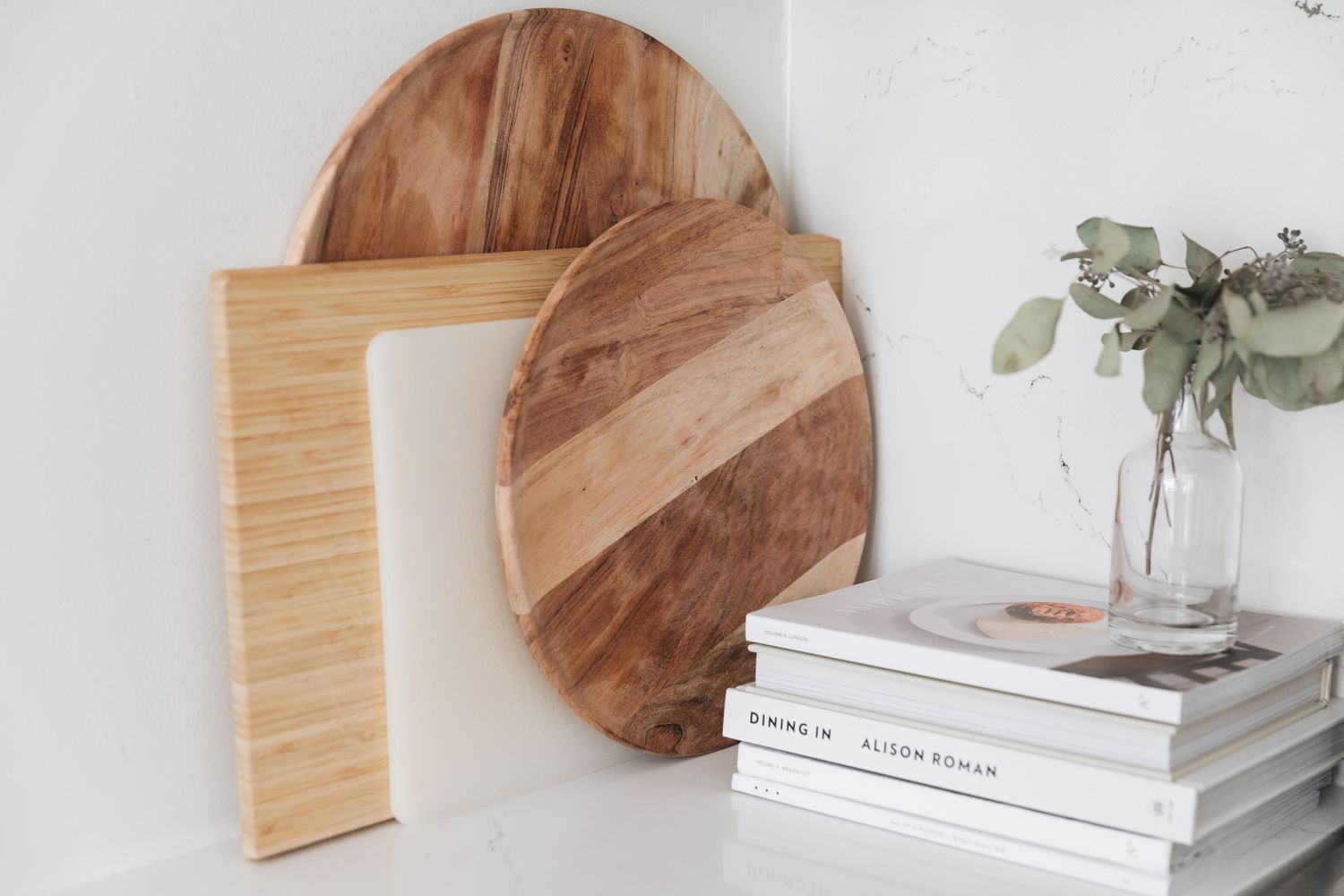
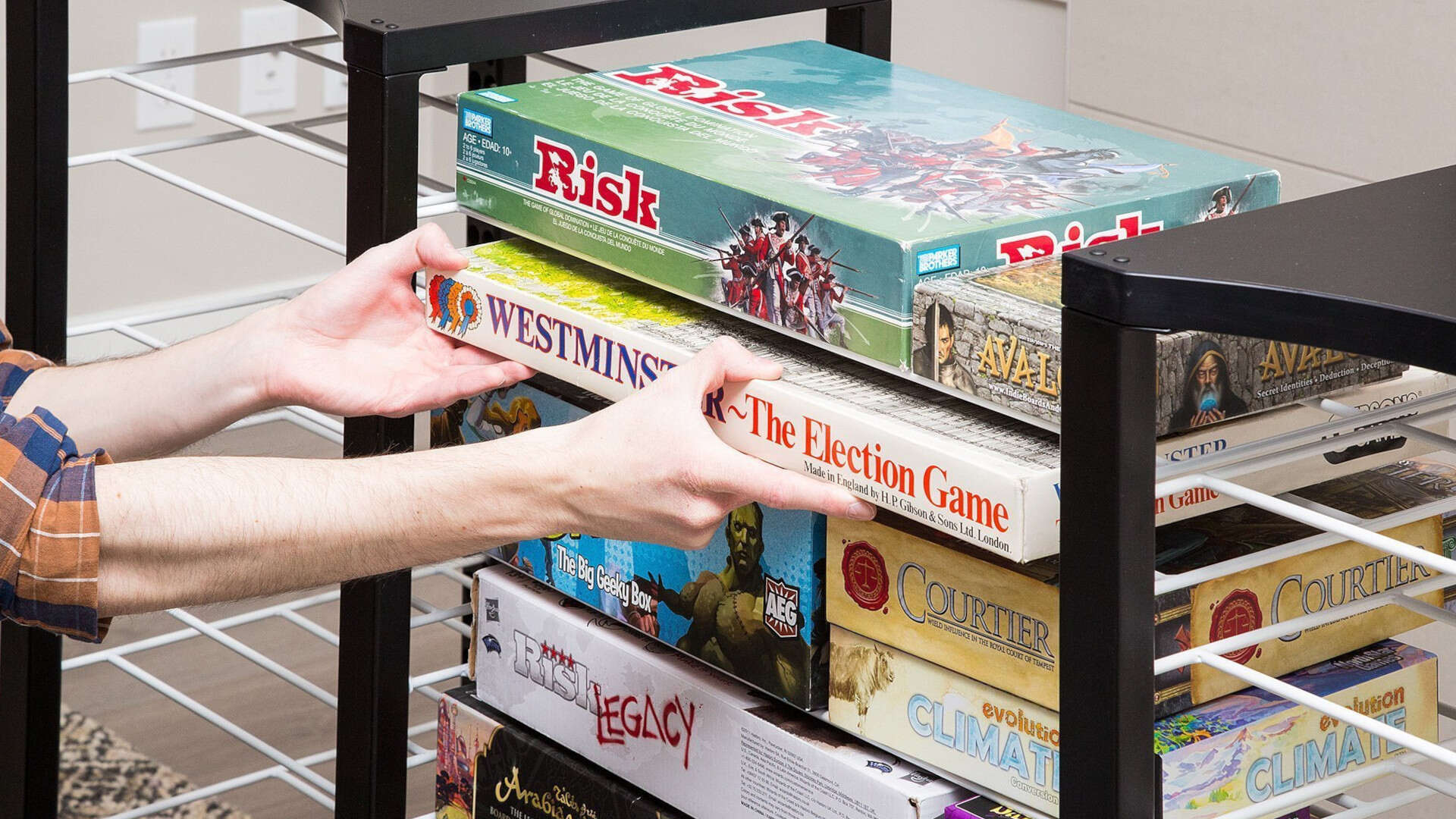
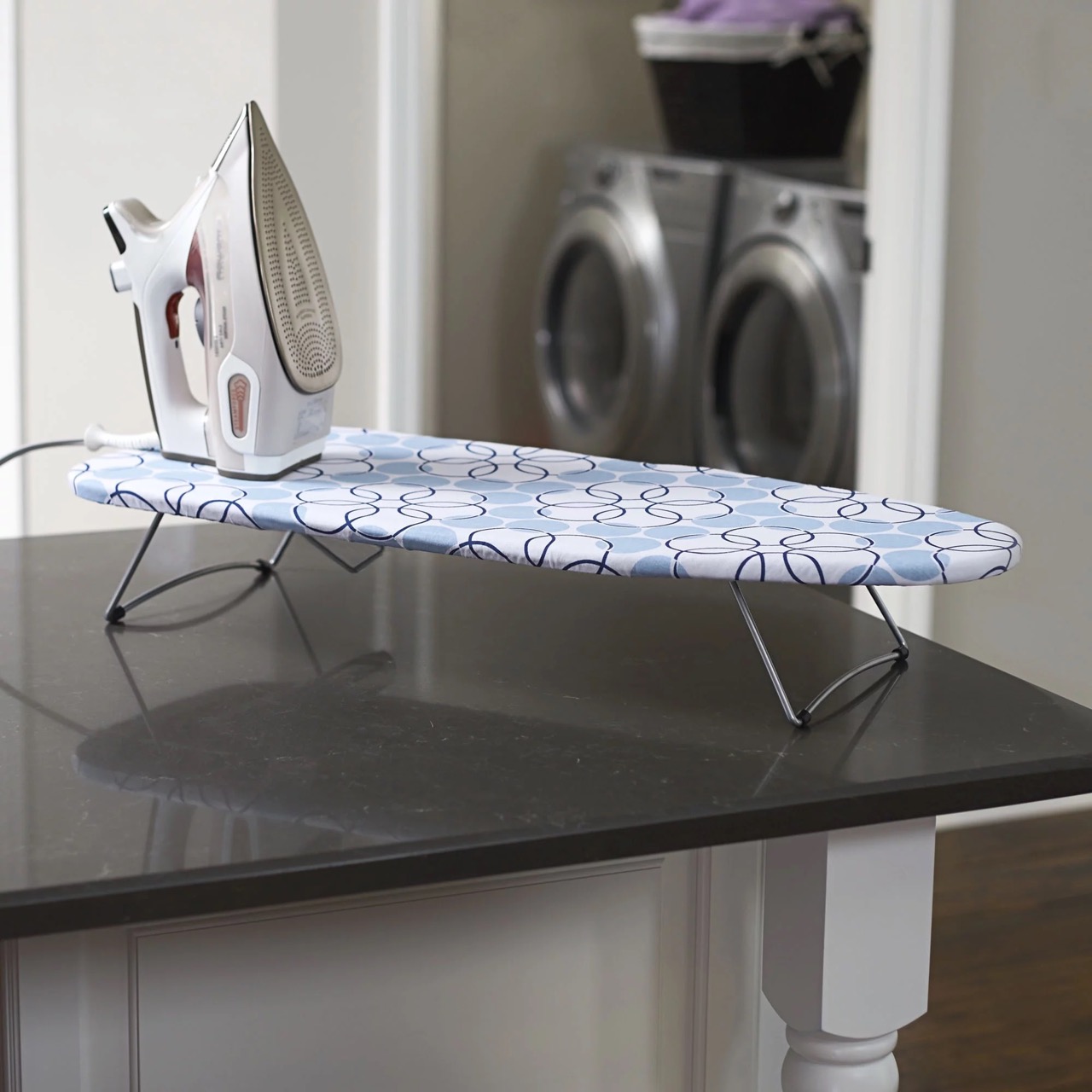

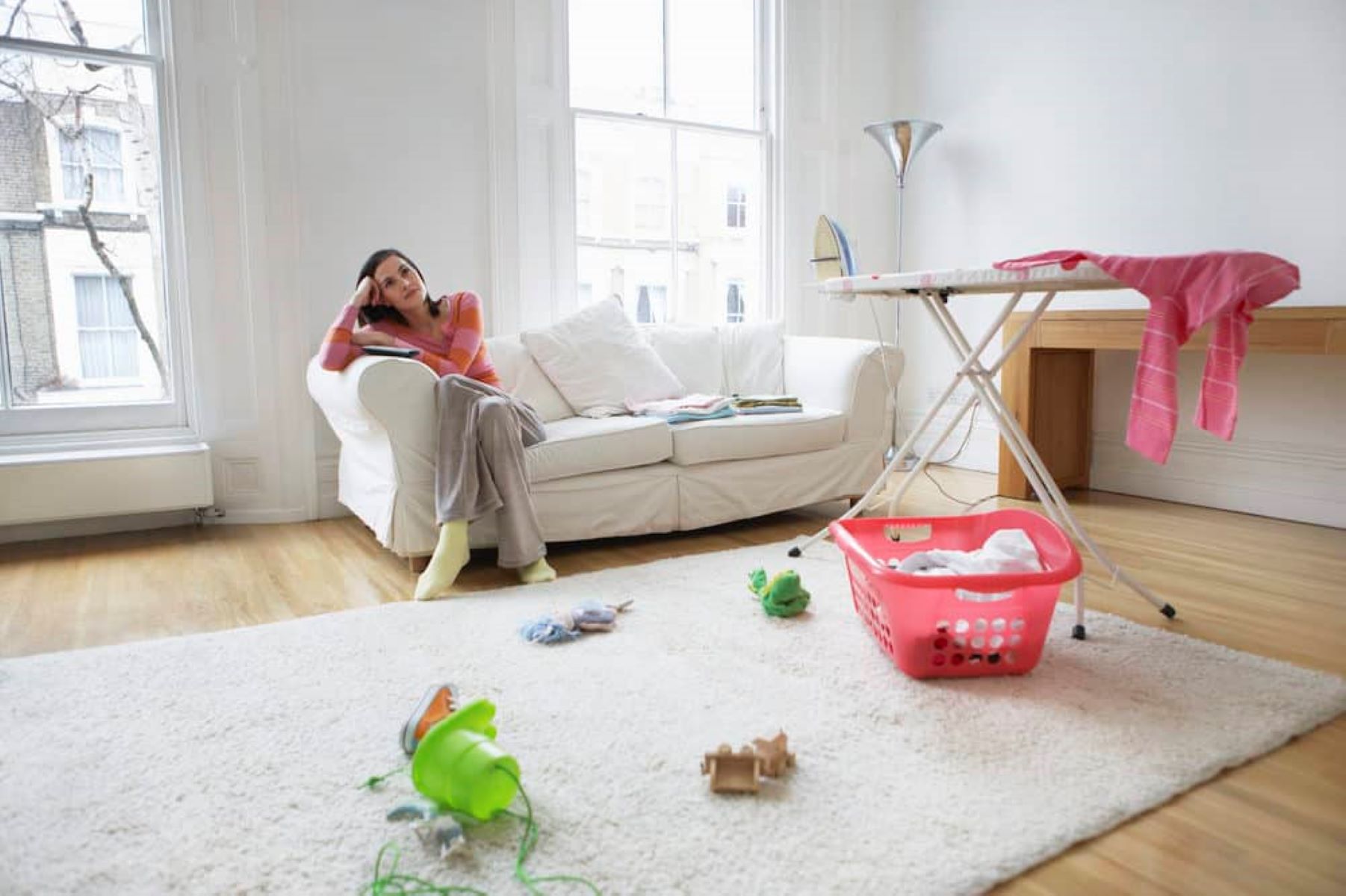

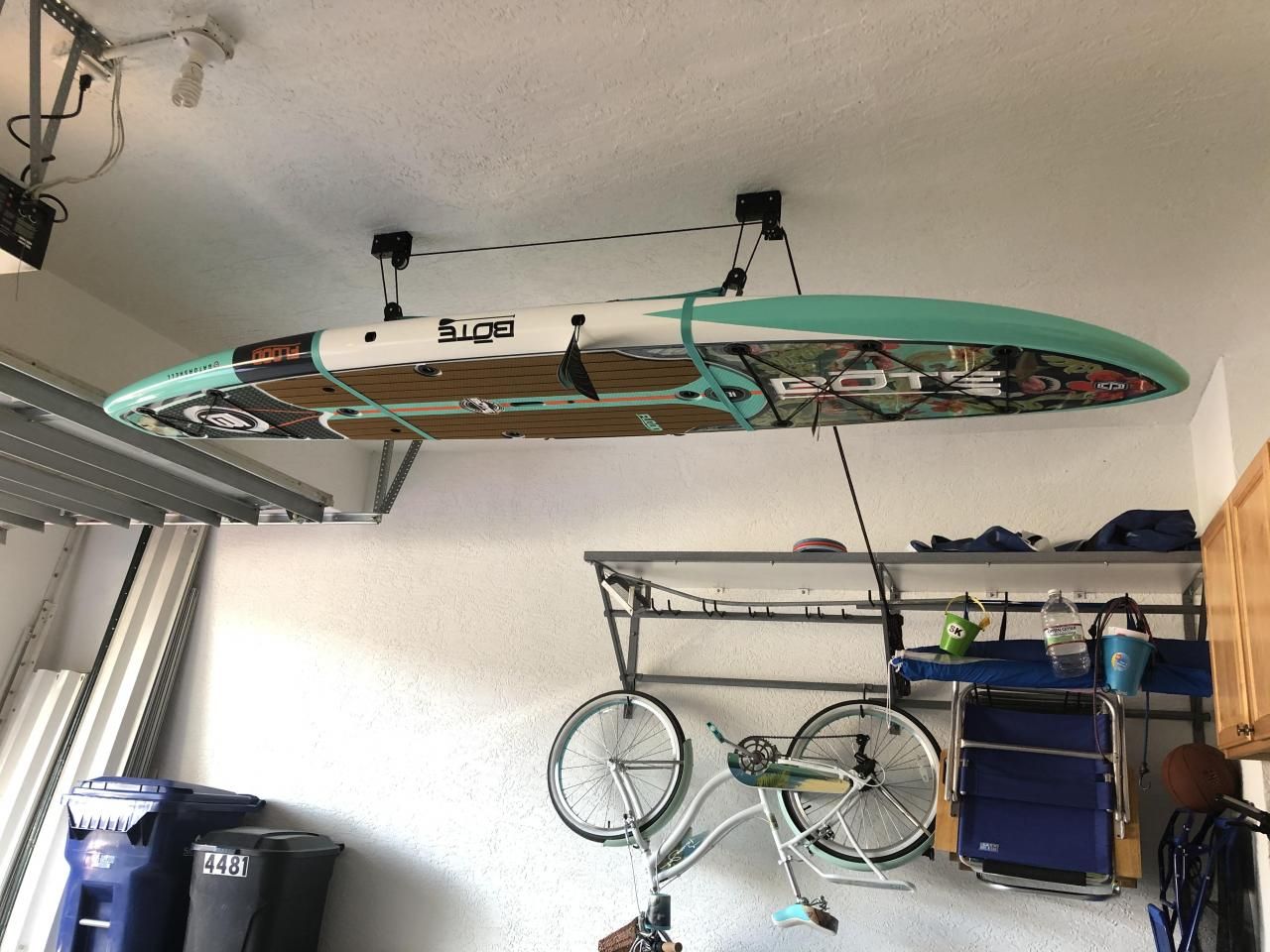
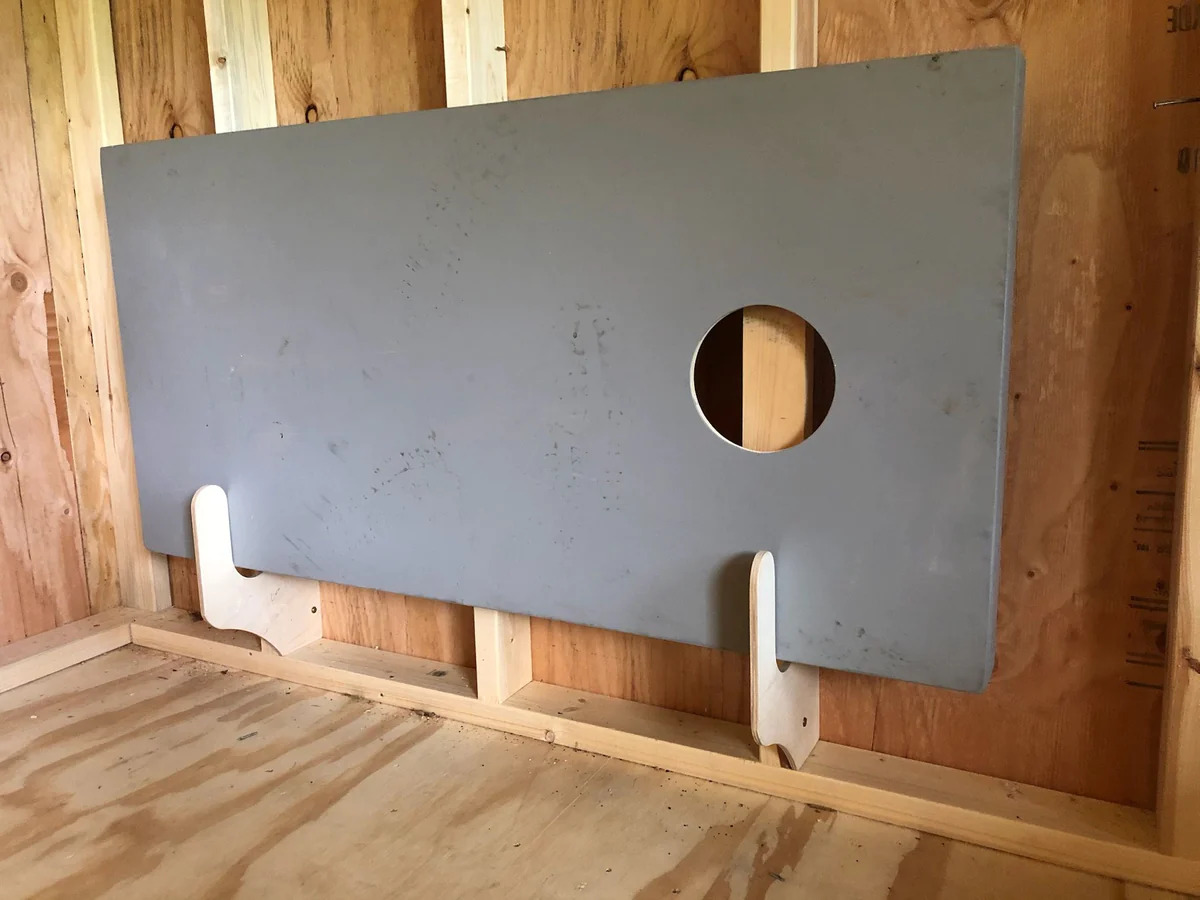



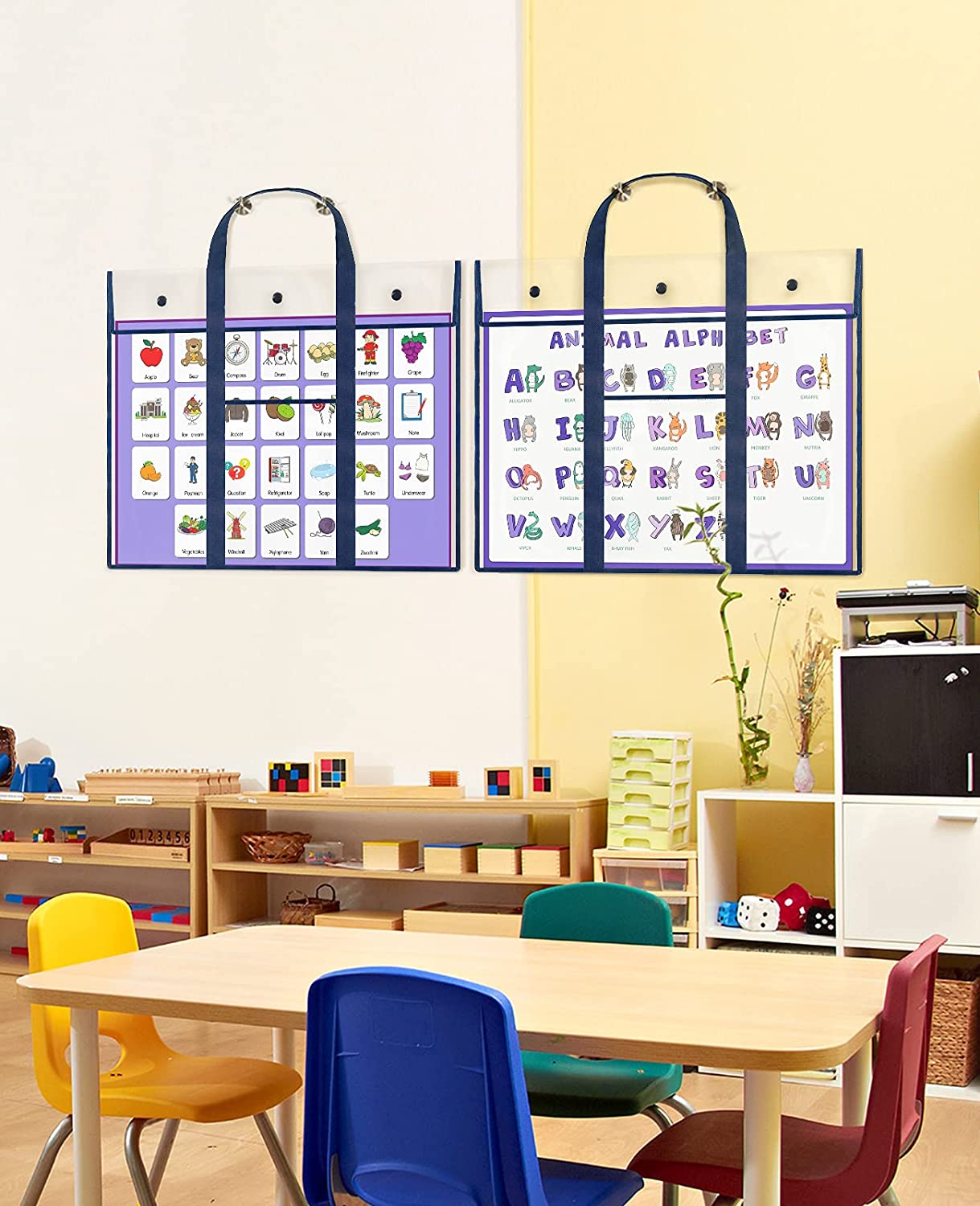


0 thoughts on “How To Store Poster Board”